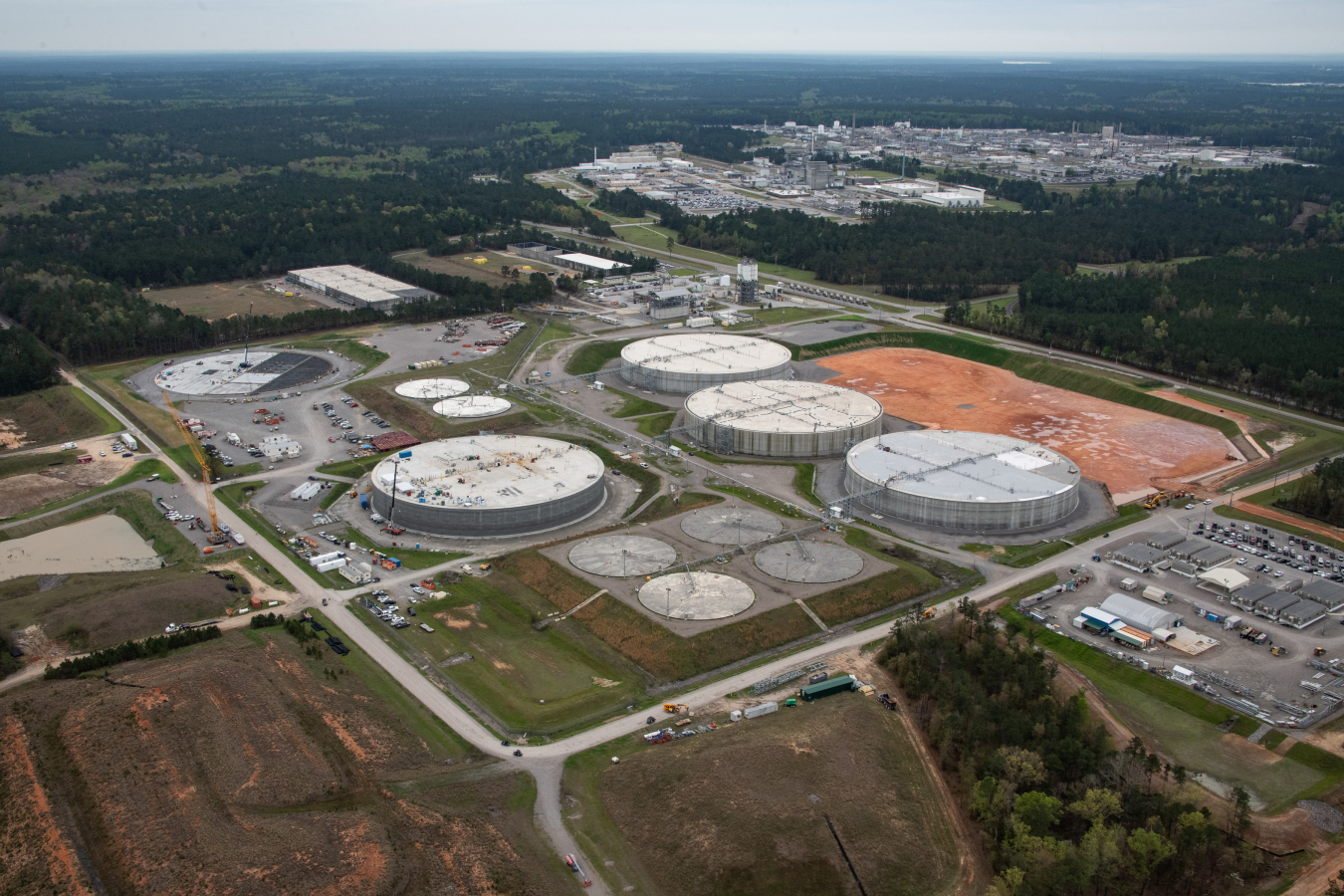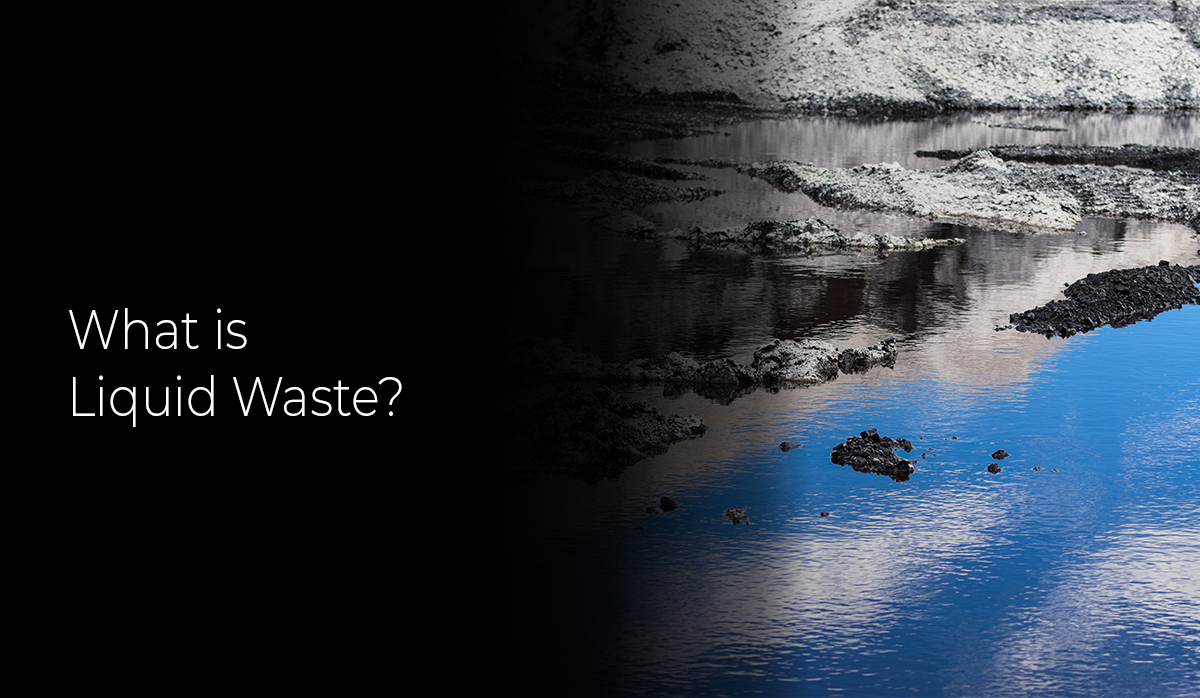Leading Industrial Wastewater Treatment Solutions: Making Certain Conformity and Performance
Leading Industrial Wastewater Treatment Solutions: Making Certain Conformity and Performance
Blog Article
Exactly How Fluid Garbage Disposal Works: A Thorough Overview of Techniques and Technologies Utilized

Overview of Liquid Waste Types
The complexity of liquid waste types necessitates a comprehensive understanding of their features and ramifications for disposal. Fluid waste can generally be classified right into numerous kinds, including commercial, metropolitan, agricultural, and contaminated materials. Each classification exhibits unique properties, calling for particular monitoring methods to minimize environmental and health risks.
Industrial fluid waste originates from manufacturing procedures and frequently has a variety of contaminants, such as heavy steels, solvents, and natural compounds. Municipal fluid waste, mostly comprising wastewater from homes and business establishments, has raw material, nutrients, and virus (industrial wastewater treatment). Agricultural fluid waste, including overflow from farms, may include fertilizers, pesticides, and animal waste, posing dangers to water quality and communities
Unsafe liquid waste is identified by its toxicity, sensitivity, or possible to cause damage. Understanding these varied fluid waste kinds is crucial for establishing efficient disposal methods and guaranteeing conformity with ecological regulations.
Physical Treatment Approaches

Testing is the initial action, where larger fragments and debris are gotten rid of from the fluid waste making use of displays or grates. This process shields downstream equipment from damage and makes sure smoother operation. Complying with testing, sedimentation utilizes gravitational force to different solids from fluids. In sedimentation storage tanks, larger particles clear up at the bottom, developing a sludge layer, while the clarified liquid can be more treated.
Purification is an additional crucial approach that includes passing the liquid through porous products, such as sand or membrane layers, to catch smaller particles. This step improves the high quality of the fluid, making it appropriate for subsequent treatment processes.

Chemical Therapy Strategies
Chemical therapy techniques are important for successfully taking care of liquid waste, specifically in addressing dissolved and colloidal contaminants that physical techniques may not adequately eliminate. These strategies make use of numerous chemical representatives to neutralize, precipitate, or change hazardous substances into less unsafe forms.
One common technique is coagulation and flocculation, where chemicals such as alum or ferric chloride are included in promote the gathering of put on hold fragments. This procedure improves sedimentation, allowing for much easier removal of the resulting sludge. In addition, oxidation processes, utilizing representatives like chlorine or ozone, are employed to break down complicated natural substances and microorganisms, making the waste safer for discharge or more treatment.
Neutralization is another critical strategy, which readjusts the pH of acidic or alkaline waste streams to neutral levels, preventing prospective damage to downstream systems and the setting. In addition, progressed oxidation processes (AOPs) make use of combinations of oxidants and ultraviolet light to deteriorate consistent contaminants, attaining a greater degree of treatment effectiveness.
Biological Treatment Processes
Biological treatment procedures play a vital duty in the monitoring of fluid waste by making use of microbes to decompose organic matter and decrease pollutant levels. These processes can be broadly categorized into aerobic and anaerobic therapies, each using certain microbial areas to accomplish reliable waste deterioration.
Cardiovascular treatment involves making use of oxygen to assist in the failure of natural materials by bacteria. This process is generally applied in activated sludge systems, where aeration tanks give a helpful atmosphere for microbial growth, resulting in the oxidation of natural contaminants. The resultant biomass can be divided from treated effluent via sedimentation.
In contrast, anaerobic therapy occurs in the absence of oxygen, depending on various germs to break down raw material. This method is particularly useful for high-strength waste, as it generates biogas, a renewable power source, while minimizing sludge production. Technologies such as anaerobic digesters are frequently utilized in industrial and metropolitan applications.
Both cardiovascular and anaerobic organic therapies not only decrease the environmental influence of liquid waste yet helpful site likewise help with source recovery, making them crucial elements of lasting waste administration techniques. Their effectiveness, effectiveness, and versatility sustain their widespread application across various industries.
Arising Technologies in Disposal
Cutting-edge approaches to fluid garbage disposal are swiftly advancing, driven by innovations in technology and an enhancing focus on sustainability. Amongst these arising modern technologies, membrane layer bioreactors (MBRs) have actually acquired traction for their capacity to incorporate organic therapy with membrane filtration, causing high-grade effluent that can be recycled in different applications. MBRs enable smaller impacts and a lot more effective operations contrasted to standard systems.
One more promising development is making use of anaerobic digestion combined with nutrient recuperation innovations, which not just deals with fluid waste but additionally produces biogas and recovers beneficial nutrients like nitrogen and phosphorus. This double advantage enhances source performance and reduces blog ecological influence.
Additionally, progressed oxidation procedures (AOPs) are being embraced for the deterioration of complex natural contaminants. These methods use powerful oxidants and catalysts to break down impurities at the molecular degree, using an extremely effective remedy for tough waste streams.
In addition, web link the assimilation of artificial intelligence and machine understanding in waste administration systems is enhancing operational performance and anticipating maintenance, resulting in reduced prices and enhanced environmental conformity. These innovations reflect a substantial change towards even more sustainable and reliable fluid waste disposal practices.
Conclusion
In conclusion, reliable fluid waste disposal necessitates a thorough understanding of different methods and modern technologies. By continually progressing these techniques, it comes to be feasible to resolve the expanding obstacles linked with fluid waste, eventually adding to ecological security and resource healing.
Fluid waste disposal is a critical facet of ecological management, requiring an extensive understanding of different methods and innovations tailored to various waste kinds. Fluid waste can generally be classified into numerous kinds, including industrial, community, agricultural, and hazardous waste. Agricultural liquid waste, including runoff from farms, may contain fertilizers, pesticides, and pet waste, posturing dangers to water high quality and ecosystems.
Numerous physical therapy techniques play an important function in handling liquid waste efficiently - industrial wastewater treatment.In final thought, effective fluid waste disposal demands a detailed understanding of different methods and technologies
Report this page